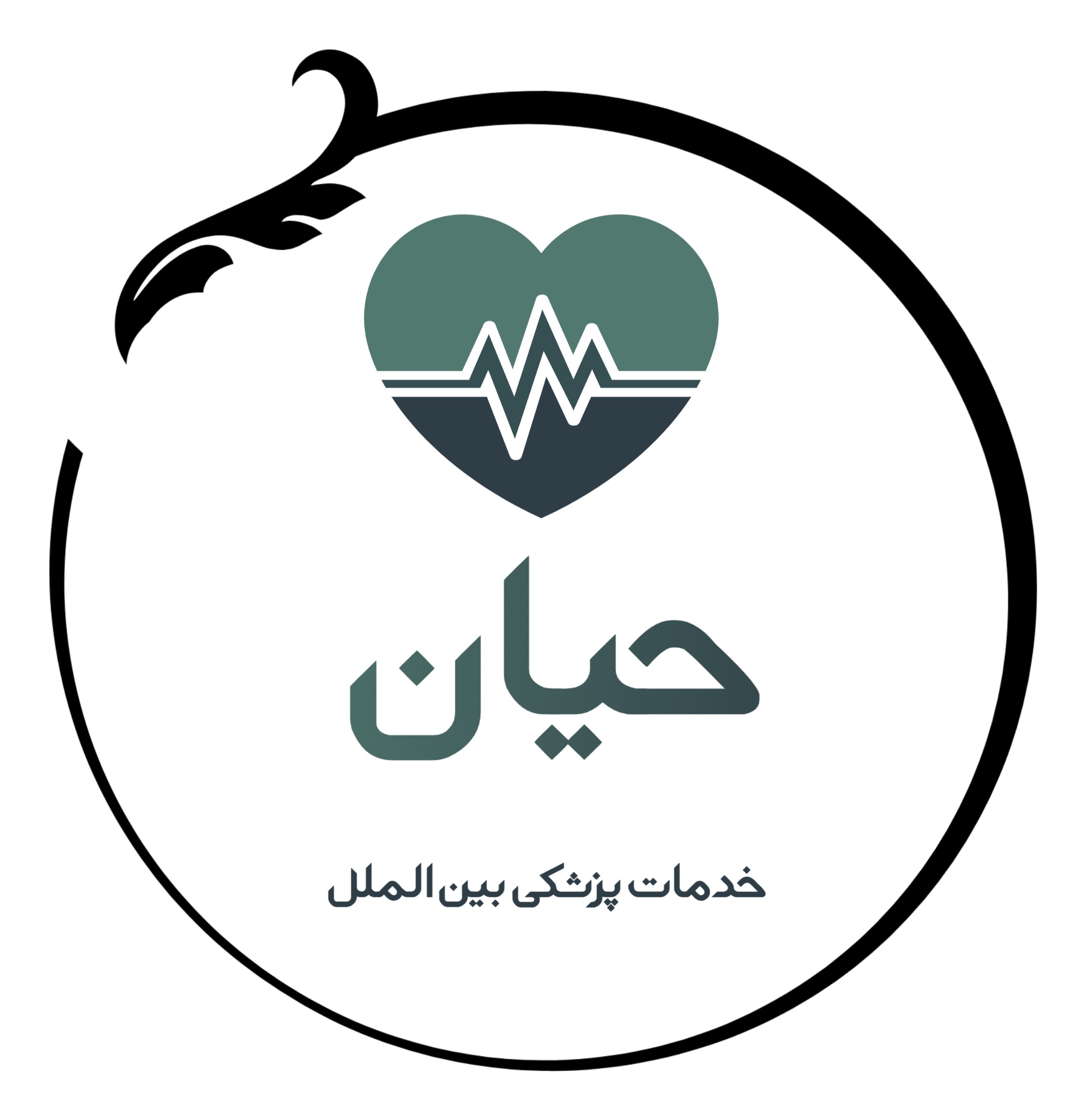What Is Liposuction?
Liposuction is a popular cosmetic surgery that removes excess fat to improve body contour. It targets stubborn fat pockets (e.g. abdomen, thighs, arms) that resist diet and exercise. The procedure is performed by plastic surgeons to sculpt the body’s shape and enhance proportions. It’s important to note that liposuction is not a weight-loss operation or cure for obesity. Instead, it refines body contour by permanently removing fat cells in treated areas.
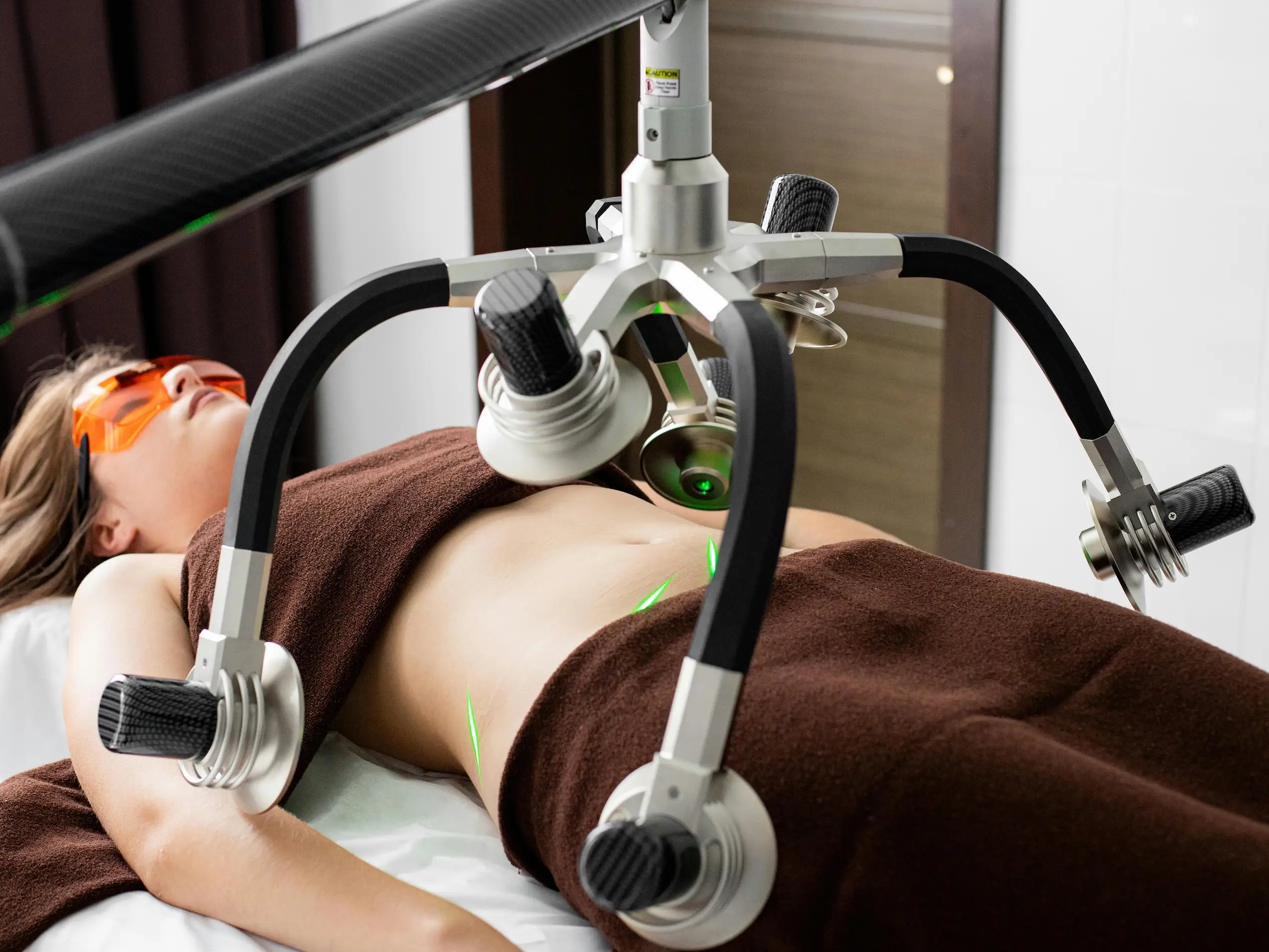
Liposuction can significantly improve body proportions and boost confidence, but it does not replace healthy habits. Patients should have realistic expectations: liposuction smooths and reshapes, but maintaining results requires exercise and diet. Body contouring helps shape the body in areas where weight loss is ineffective, and it should be done in conjunction with a healthy lifestyle. For example, even after liposuction, one can still gain weight in other areas or even in treated areas if diet isn’t managed.
Types of Liposuction
There are several techniques to remove fat, each with specific uses. The most common method is tumescent liposuction, where a salt-water solution (containing epinephrine) is injected into the fat layer. This solution numbs the area, reduces bleeding, and makes fat easier to remove. Other advanced methods include ultrasound-assisted (UAL) and power-assisted liposuction, where sound or vibration breaks up fat before suction. For example, ultrasound-assisted liposuction uses ultrasonic waves to liquefy fat for easier extraction. Similarly, laser-assisted liposuction uses laser energy to melt fat with only a very small incision. These modern approaches can enhance precision and help tighten skin under certain conditions. Your surgeon will choose the technique (or combination) best suited to your goals.
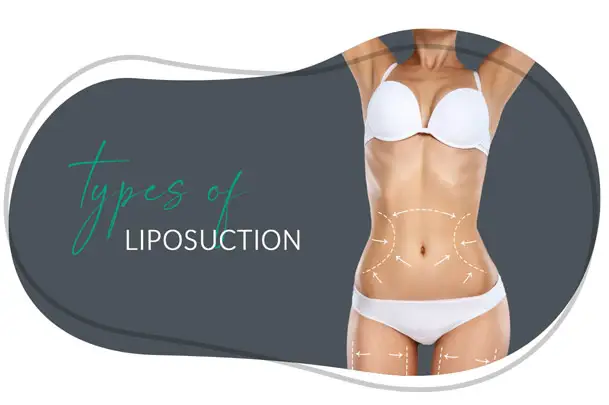
Who Is a Good Candidate?
Ideal liposuction candidates are near their target weight and have realistic goals. Generally, candidates are within about 30% of their ideal body weight and have firm, elastic skin in the treated area. Good candidates should be healthy non-smokers without serious medical conditions, as these factors affect healing. Importantly, liposuction is not for treating obesity. It’s meant for eliminating localized fat bulges (e.g. love handles, double chin) when diet/exercise alone won’t suffice. Surgeons often say that liposuction works best if your weight is stable; significant future weight gain can undo the contouring. During consultation, the surgeon will review your health history, examine your skin quality, and discuss your goals to determine suitability.
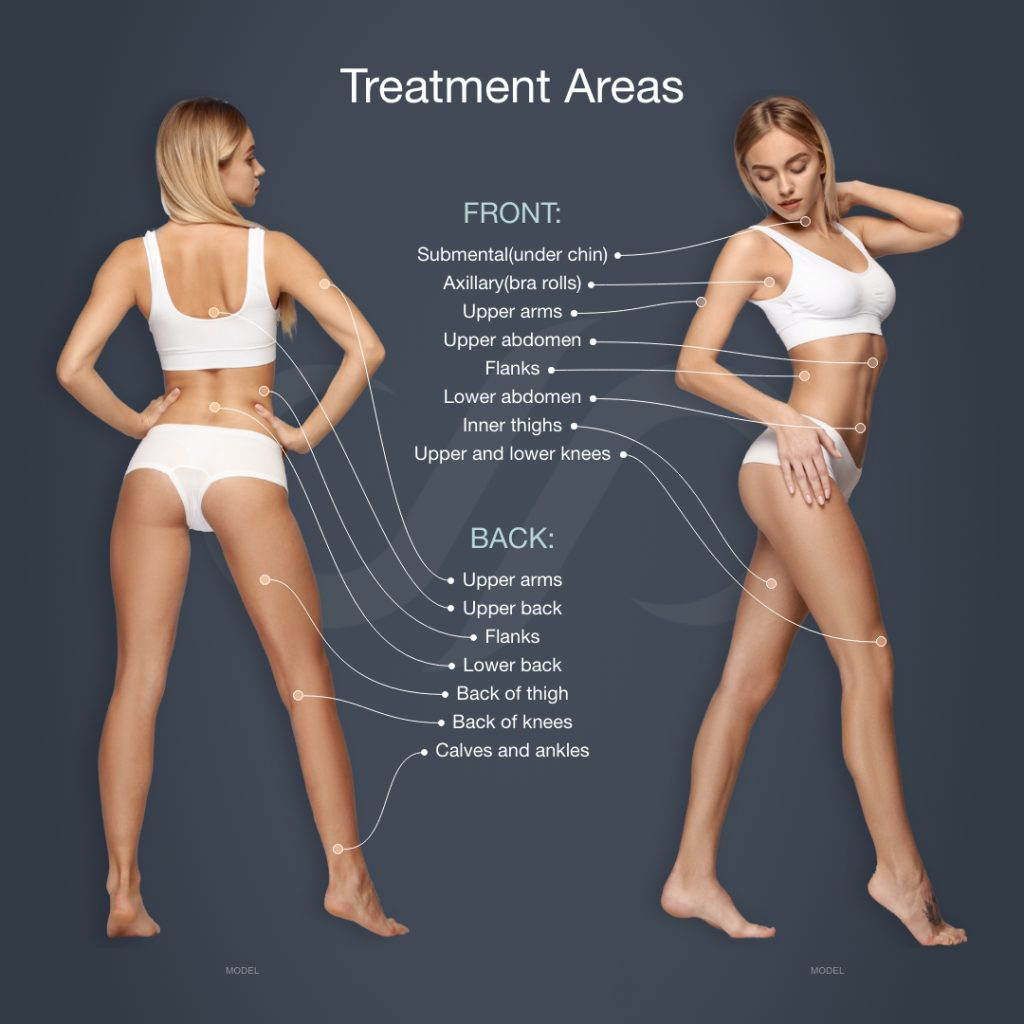
Liposuction Procedure
Liposuction is typically done on an outpatient basis under anesthesia (local, IV sedation, or general anesthesia, depending on extent). Before the operation, you’ll meet your surgeon to review plans. On the day of surgery, small incisions (usually a few millimeters) are made in the skin of the target area. Through these incisions, a thin hollow metal tube called a cannula is inserted. The surgeon moves the cannula back and forth to break up or emulsify the fat beneath the skin. A suction device then vacuum-extracts the dislodged fat.
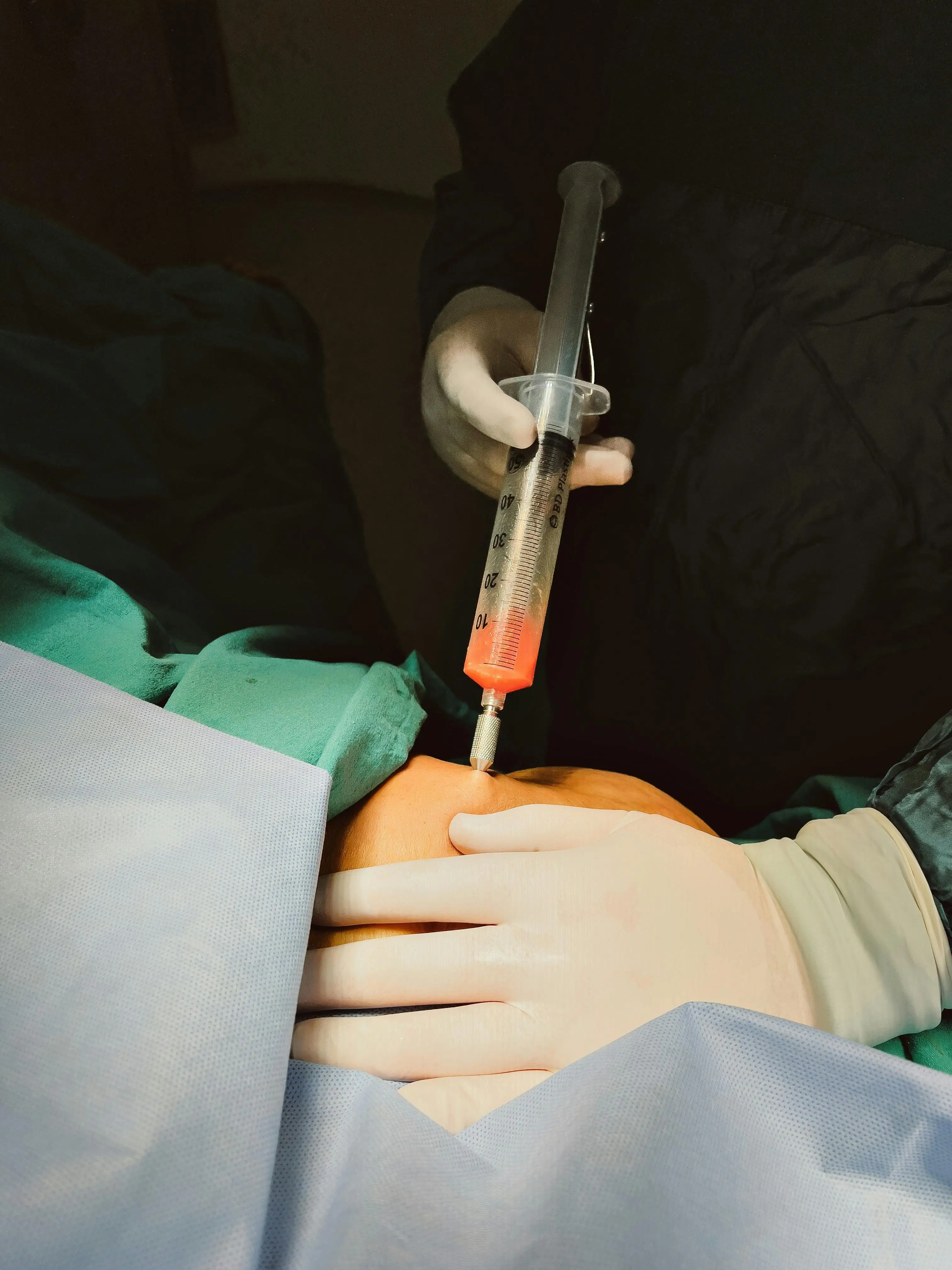
As fat is removed, the surgeon sculpts the area to achieve even contours. Once the desired amount of fat is taken out, the incisions are closed with sutures or left open for drainage (if a drain tube is used). The treated area is then dressed and typically wrapped with a compression garment. This tight garment helps reduce swelling and supports the new shape as tissues heal. The entire procedure can take 1–4 hours depending on how many areas are treated.
Post-procedure, you may feel mild pain and notice swelling and bruising. Dressings and drains (if used) are usually removed within a few days. You will wear compression garments for several weeks to control swelling and optimize healing. Your surgeon will give detailed aftercare instructions, which may include caring for incision sites, managing discomfort, and activity restrictions.
Benefits of Liposuction
Liposuction’s main benefit is improved body contour and proportion. By removing excess fat from targeted areas, it can dramatically reshape the silhouette – for example, slimming the waist or contouring the thighs. Many patients feel increased satisfaction with their body shape and clothes fit. The procedure can also correct problematic fatty areas (e.g. neck fat, “saddle bags” of outer thighs) that fail to respond to exercise. Research shows that patients often experience higher body satisfaction and self-confidence after liposuction. In one study, women reported significant improvement in body image and reduced risk of eating-disorder symptoms following liposuction. While not its goal, liposuction sometimes results in minor improvements in related conditions: for instance, treating fatty lumps (lipomas) or uneven fat (gynecomastia in men). However, remember that liposuction is intended for shaping, not for overall weight reduction.
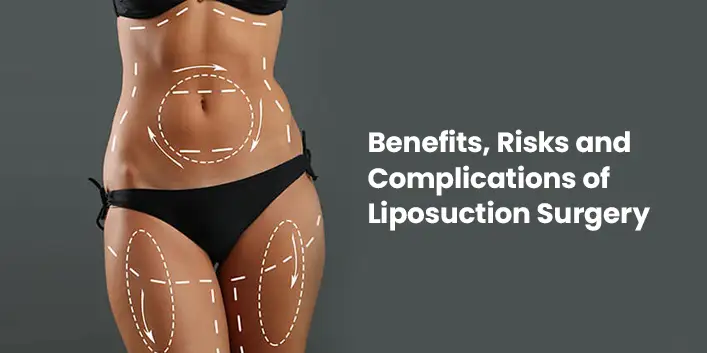
Risks and Considerations
Like any surgery, liposuction carries risks. Common side effects include swelling, bruising, and numbness in the treated area, which usually resolve with time. More serious risks, though rare, must be understood. These include infection or bleeding, which can occur with any surgical procedure. Surgeons also warn of contour irregularities – for example, bumps, waviness, or asymmetry – if too much or uneven fat is removed. Fluid accumulation under the skin (seromas) can happen and might require drainage.
Some risks are specific to liposuction. Excess fluid loss or shifts can strain organs during the procedure. Rarely, injury to deeper structures (organs, nerves) can occur if the cannula penetrates too deeply. A serious complication is fat embolism, where loosened fat enters the bloodstream and lodges in the lungs or brain; this is extremely uncommon but potentially life-threatening. There is also the usual anesthesia risk and the possibility of lidocaine toxicity (from the numbing solution) if very large volumes are treated. Overall, careful patient selection and an experienced, board-certified surgeon greatly reduce these risks. It’s crucial to follow all pre- and post-op instructions. For example, stopping smoking and certain medications (if advised) improves safety and healing. Before surgery, discuss all potential complications with your doctor to ensure you make an informed decision.
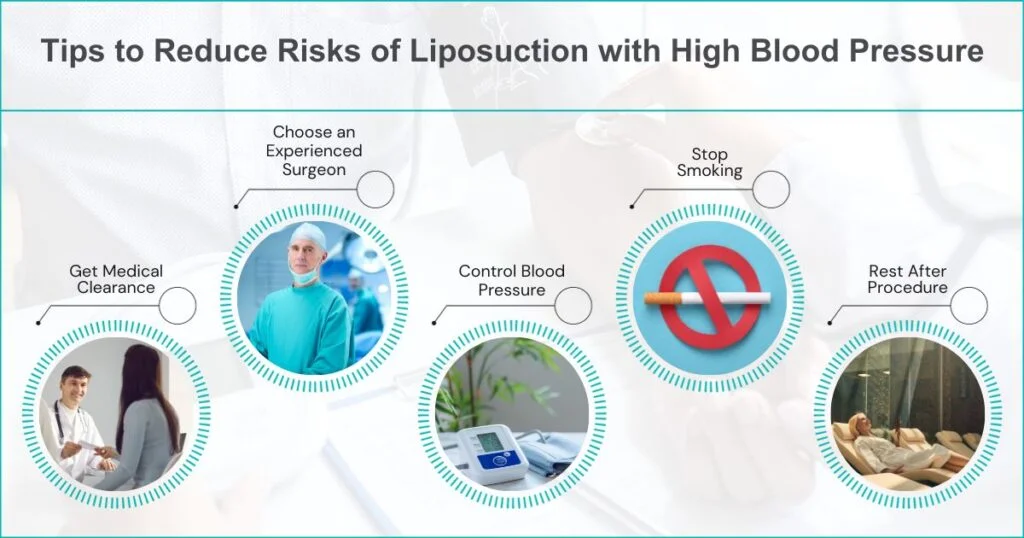
Recovery and Aftercare
Recovery from liposuction requires patience and gentle care. In the first week, you will experience peak swelling and bruising. Most patients take 3–7 days off work and should rest. You’ll wear the compression garment continuously (day and night) to minimize swelling and support healing. Mild discomfort or tightness is normal; pain medications and ice can help manage it. Short, gentle walks are encouraged early on to promote circulation and prevent blood clots.
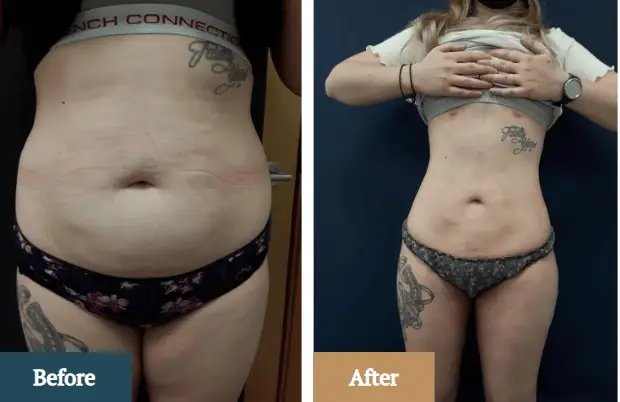
By 2–3 weeks after surgery, much of the bruising is gone and swelling decreases. Many patients feel well enough to return to light work or regular routines (unless the job is physically strenuous). During this time, continue wearing your compression garment as instructed (often for 4–6 weeks) to shape the new contours. Avoid vigorous exercise or heavy lifting for about 4–6 weeks, as advised by your surgeon.
Full recovery can take several months. While you’ll notice fat reduction immediately, residual swelling can mask final results. It may take up to 3–6 months for all swelling to resolve and for your new shape to fully appear. However, you should observe steady improvements each week. Incisions are small and usually heal with fine scars; these fade over time and are often not very noticeable. Maintain good follow-up with your doctor, attend all scheduled checkups, and report any concerns (e.g. unusual pain or infection signs) promptly.
Costs of Liposuction
The cost of liposuction can vary widely by region, technique, and clinic. Generally, prices are highest in the USA and Europe and lower in countries like Turkey or Iran. For context, the average surgeon fee in the U.S. is on the order of several thousand USD (around $4,700 as per ASPS data). In contrast, hospitals in Turkey and Iran often quote substantially lower prices. For example, clinics in Turkey advertise packages starting around $2,600–$3,000 for common procedures, often including extras like hotel and transport. In Iran, liposuction prices can be even more cost-effective; one medical tourism source reports average fees around $2,400.
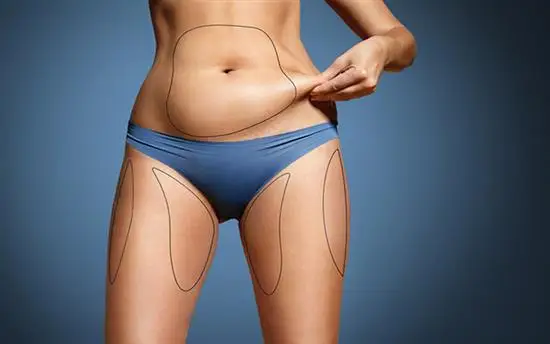
It’s best to consult our costs page for detailed pricing and package inclusions. Hayyan’s all-inclusive packages include the procedure, hospital stay, medications, and often extras like airport transfer and post-op care. These prices are fixed in USD, so you can compare directly without currency confusion. Remember that very low prices may reflect differences in included services or standards, so always verify the credentials of any clinic. Quality and safety should never be compromised for cost.
Currency rates can change over time, so plan accordingly. Note also that travel-related expenses (flight, hotel, visa) are generally much lower in Iran and Turkey than in the U.S. This means that even after factoring in travel, overall savings can be significant. For example, choosing liposuction abroad may reduce the total cost by 50–70% compared to the same procedure in the U.S. Specific cost ranges (in USD) by country are summarized in the table below.
| Country | Typical Cost (USD) | Procedure Notes | Recovery Time |
|---|---|---|---|
| USA | Highest (several thousand) | Cutting-edge facilities, board-certified surgeons | ~1–2 weeks off work; full recovery ~6 weeks |
| Iran | Low (~$2–3K) | Modern hospitals; government-supported medical tourism | Similar to USA (1–2 weeks to resume light work) |
| Turkey | Moderate ($2.6K+) | Many experienced centers; often package deals | Comparable (about 1–2 weeks to normal activity) |
Table: Approximate liposuction costs and recovery in USD by country. For exact quotes and package details, see Hayyan’s costs page.
Liposuction in Iran (Medical Tourism)
Iran has emerged as a competitive destination for cosmetic procedures. Its healthcare system combines advanced medical expertise with affordable pricing. The government actively promotes medical tourism, offering streamlined visa processes and quality standards in major cities like Tehran and Shiraz. International patients find that Iran’s clinics use modern equipment and Western-trained doctors. Despite the lower cost, care quality is often high; Iran even performs cutting-edge treatments in fields like ophthalmology and cardiology.
Beyond surgery, patients often enjoy sightseeing. For example, many visitors schedule an excursion to Tehran’s historic Golestan Palace or the iconic Azadi Tower during recovery. These landmarks highlight Iran’s rich culture – and show that a cosmetic trip can double as a vacation. Iran’s combination of quality care and cultural experiences gives it a unique appeal. (Internal Link: Hayyan’s blog has more on patients’ Iran experiences.)
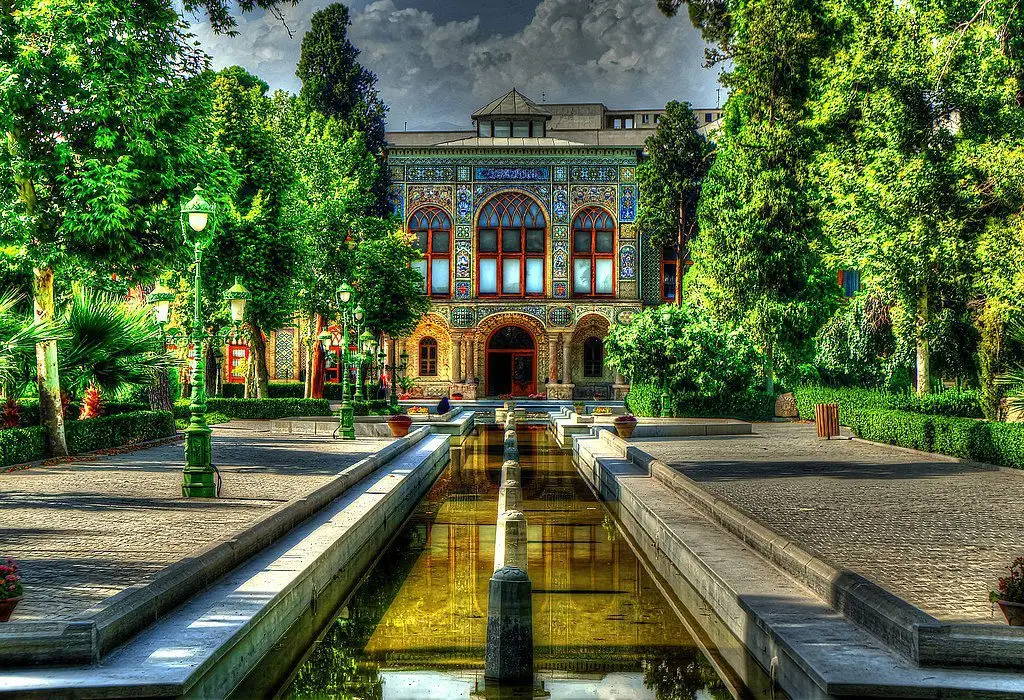
Iran’s cost advantage is a key strength. Even with tourism added, the total package (including surgery, hotel, transfers) often remains well below U.S. prices. For example, the Hayyan packages in Iran include 5-star accommodation and English-speaking staff along with treatment. This all-in-one service is especially attractive to patients flying from abroad.
Hayyan’s Services for International Patients
Hayyan coordinates every aspect of your medical trip to Iran. We offer all-inclusive packages that cover visa assistance, airport pickup, hotel booking, translators, and full treatment coordination. For instance, once you choose a clinic, Hayyan secures your visa and flights, books your hotel near the hospital, and provides a personal assistant who speaks English and Farsi. At the clinic, we arrange your doctor appointments and post-op checkups. Our goal is a smooth, stress-free experience so you can focus on recovery.
All Hayyan packages include a private hospital room, dedicated nursing care, and 24/7 support. Special features (detailed on our costs page) may include hotel spa access, sightseeing tours, and extended rehabilitation services. For example, some patients opt for a program that adds a deluxe hotel stay and guided city tours. These extras make a cosmetic trip feel like a comfortable retreat.
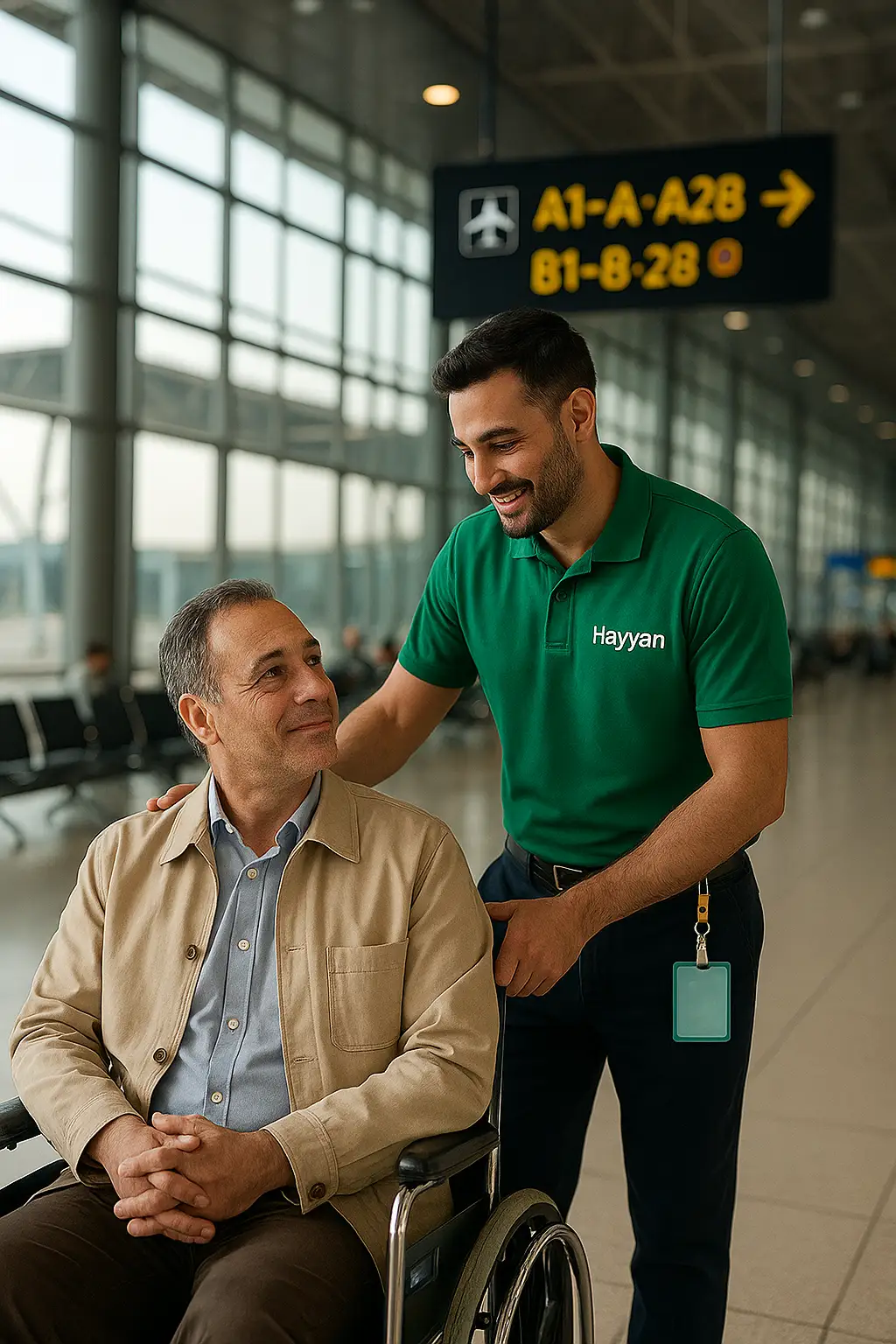
In short, Hayyan acts as your personal medical concierge. From the moment you inquire, our staff guides you through each step: we help you select the right clinic/doctor, handle paperwork, and ensure language is never a barrier. Because we understand cultural differences, we also brief you on local customs (e.g. modest dress in Iran) and health tips. Many international patients find this comprehensive service reassuring, as they can reach out to Hayyan staff in their own language at any time.
Iran vs. US vs. Turkey: Comparison Table
Below is a quick comparison of liposuction in Iran, the USA, and Turkey in terms of costs, typical procedure settings, and recovery expectations:
| Factor | Iran | USA | Turkey |
|---|---|---|---|
| Cost Level | Lowest (~20–40% of US cost) | Highest (often >$4,000) | Moderate (~50% of US) |
| Clinics | Modern hospitals; medical tourism focus | Accredited hospitals; private clinics | Specialized plastic surgery centers |
| Packages | Many all-inclusive packages (visa, hotel) available | Surgery + facility fees only; travel separate | Package deals common (flight, hotel, op) |
| Recovery | ~1–2 weeks to light activity; ~6 weeks full recovery | Similar (few days off work; 6 weeks full) | Similar to Iran/USA (2 weeks to resume work) |
| Travel Time | Long (depend on origin) | N/A (local) | Moderate (many flights from Europe) |
The table highlights that Iran and Turkey offer very competitive pricing and inclusive services compared to the U.S. A caveat is travel time and postoperative comfort, but many patients report high satisfaction with the value they receive abroad.
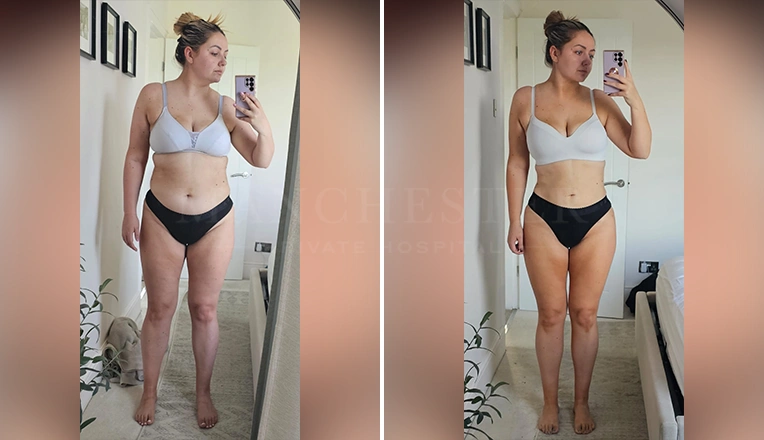
Conclusion
Liposuction can effectively reshape your body and boost confidence when done safely and for the right reasons. The procedure has evolved with advanced techniques (tumescent, ultrasound, laser, etc.) to improve precision and reduce downtime. However, it is a significant surgery with recovery that requires planning and care. Risks and realistic expectations must be discussed with a qualified plastic surgeon.
For international patients, Iran offers a compelling option: high-quality clinics, experienced surgeons, and very competitive pricing. Hayyan is here to make that process seamless. We handle travel logistics, provide local support, and ensure you receive top-tier medical care.
If you’re considering liposuction abroad, explore our costs page for detailed pricing and package options. For patient stories, tips, and more on cosmetic surgery travel, visit the Hayyan blog. Your journey to a new you can start with one click.
Take the next step: Contact Hayyan for a free consultation or quote, and see how we can help you achieve your goals affordably and safely.
FAQs
Frequently Asked Questions
What is liposuction and who is a good candidate? Liposuction is a surgical procedure that removes localized fat deposits to improve body shape. Good candidates are close to their ideal weight, have firm skin, and want to target specific areas (abdomen, thighs, etc.) that haven’t improved with diet and exercise. Candidates should be in good overall health and understand that liposuction shapes the body but is not a weight-loss solution.
How much does liposuction cost and why do prices differ by country? Costs vary by country due to differences in labor, facility, and living costs. In the U.S., average surgeon fees are highest (on the order of several thousand USD). In Turkey and Iran, fees are much lower – often less than half U.S. prices. These countries often include extras (hotel, transport) in package deals. Check our costs page for current pricing.
What types of liposuction techniques are available? Common types include tumescent liposuction (fluid injection technique) and energy-assisted methods like ultrasound-assisted or laser-assisted liposuction. Each has specific advantages: for example, ultrasound or laser energy can liquefy fat first, making it easier to remove through smaller incisions. Your surgeon will recommend the best technique for your needs.
What are the benefits of liposuction? The main benefit is improved body contour in the treated area. You can achieve a slimmer waist, flatter belly, or more toned limbs. Many patients experience increased confidence and satisfaction with their appearance after liposuction. It can also provide permanent removal of fat cells in those areas, as long as weight is maintained. Liposuction can complement weight loss by targeting stubborn fat pockets.
What are the risks of liposuction and how can I minimize them? Risks include swelling, bruising, infection, and uneven contours. Rarely, complications like fluid imbalance, organ injury, or fat embolism can occur. To minimize risks, choose a board-certified plastic surgeon and follow all pre- and post-op instructions (no smoking, avoid blood-thinners, wear compression garments, etc.). Make sure your doctor discusses all potential risks with you beforehand.
What is the typical liposuction recovery time? Most patients return to light activities in 1–2 weeks. Initial recovery (rest and swelling reduction) takes about 1–2 weeks. You’ll wear compression garments for several weeks. Strenuous exercise is usually delayed 4–6 weeks. Full healing (final shape visible, all swelling gone) can take 3–6 months. Every person heals at a different pace depending on extent of treatment.
Will my results be permanent? What if I gain weight later? Liposuction permanently removes fat cells from treated areas. If you maintain your weight, the results last. However, if you gain weight after surgery, you may still accumulate new fat (often in untreated areas, but also possibly in treated areas). Therefore, liposuction is not a barrier to weight gain. A healthy diet and exercise are essential to maintain your outcome.
How do I plan liposuction with Hayyan? Start by contacting Hayyan via our website or phone. We’ll discuss your goals, answer questions, and guide you through destination choices. If you choose Iran, we’ll tailor a package: arrange your visa, flights, hotel, translators, and appointments. You’ll have a personal coordinator before and after surgery. Our costs page lists detailed packages. We also recommend reading our blog for patient stories and tips. In short, Hayyan manages all logistics so you can focus on your recovery and enjoy the experience.
